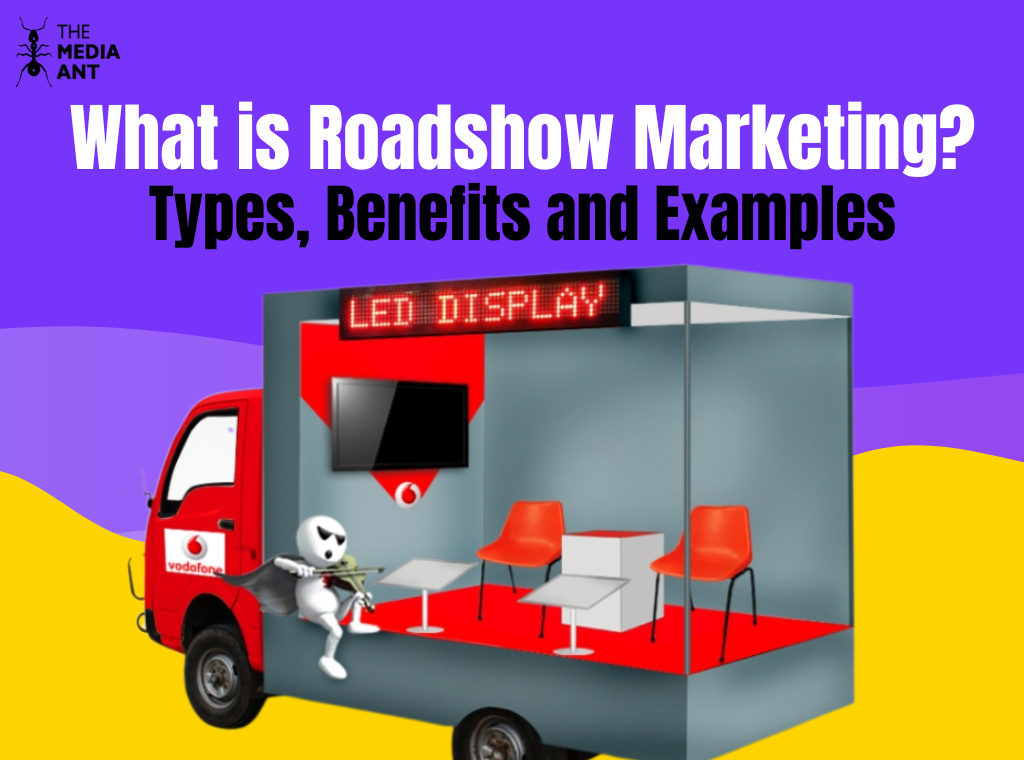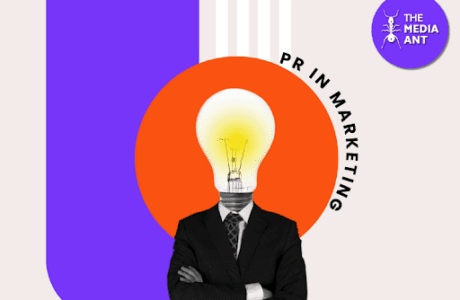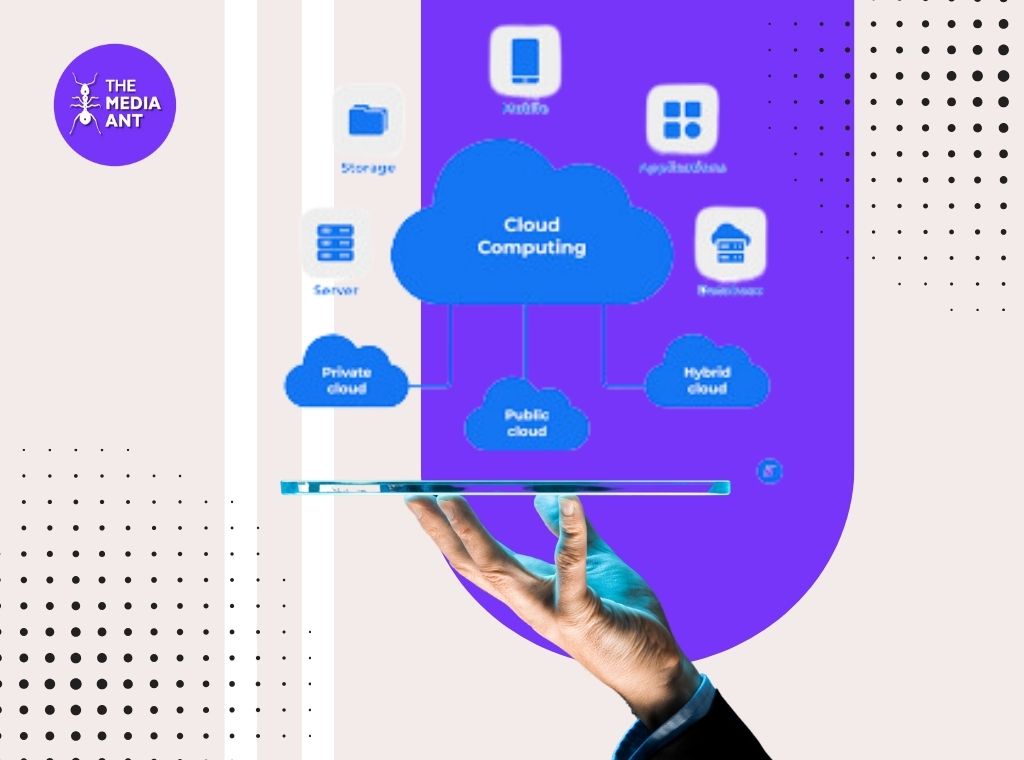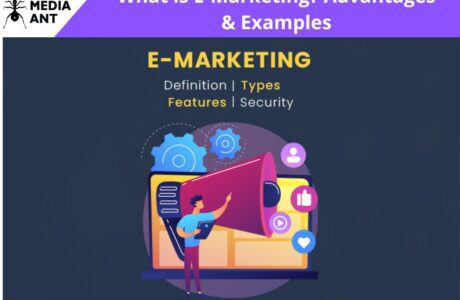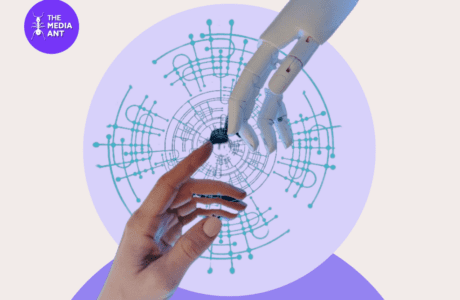Roadshow marketing has emerged as a dynamic strategy for brands to connect with their target audience. Roadshow marketing involves taking a company’s message, products, or services on the road to multiple locations, creating a series of live events or presentations. This hands-on approach allows businesses to directly engage with consumers, stakeholders, and potential clients in a personal and impactful way.
From large tech companies showcasing their latest innovations to small businesses building local brand awareness, roadshow marketing can be customized to fit different objectives and scales. It is a versatile method that can generate excitement, foster relationships, and drive conversions. Whether it’s through product demonstrations, experiential marketing activities, or educational seminars, roadshows provide a unique platform for face-to-face interaction, which is often more persuasive and memorable than digital or traditional advertising alone.
Roadshow marketing not only helps create brand visibility but also provides valuable real-time feedback and insights from the audience. This direct engagement can enhance the customer experience and loyalty, making roadshow marketing an invaluable tool for businesses looking to make a significant impact. In this blog, we will explore what roadshow marketing is, discuss its various types, highlight its benefits, and provide examples of successful campaigns.
What is Roadshow Marketing?
Roadshow marketing serves as a strategic promotional initiative in which companies travel to various locations to organize events, presentations, or interactive sessions with the aim of captivating their target audience. This method enables businesses to showcase their products or services directly to potential clients, partners, or stakeholders in a lively and intimate environment. By taking the brand experience to different places, roadshows can effectively engage and resonate with a wide range of markets.
The main goal of roadshow marketing is to establish meaningful interactions and leave a lasting impact. These gatherings are crafted to be interactive and immersive, providing attendees with hands-on experiences related to the brand. This may involve live demonstrations of products, workshops, Q&A sessions, and entertainment. Such direct involvement not only helps in building stronger relationships with the audience but also offers valuable real-time feedback, enabling companies to enhance their offerings and strategies to better cater to customer requirements and preferences.
Roadshow Marketing Types
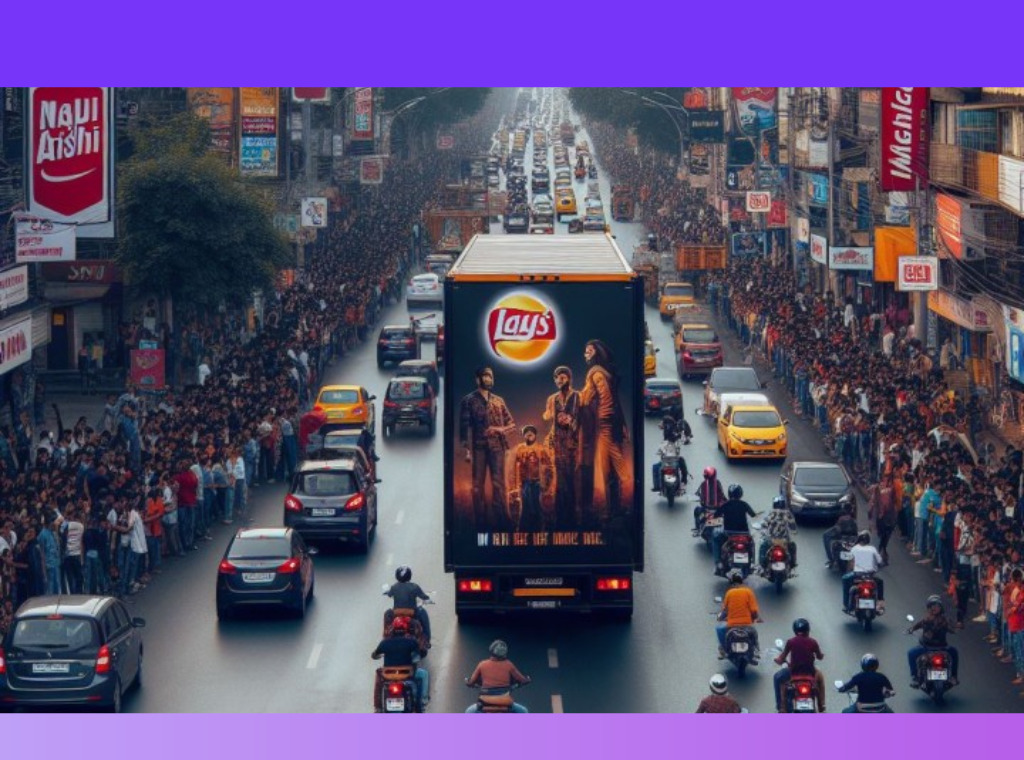
1. Product Launch Roadshows
These are meticulously organized events designed to introduce new products to the market. Picture this: a sleek stage set up in a bustling city center, where passersby are invited to witness live demonstrations of the latest gadget or innovative product. Free samples are handed out, and interactive sessions allow potential customers to get hands-on experience, making the launch not just an event but a memorable experience.
2. Brand Awareness Roadshows
Imagine a colorful caravan traveling through various cities, each vehicle decorated with vibrant brand colors and logos. These roadshows focus on increasing the visibility of a brand by creating eye-catching displays and engaging activities that align with the brand’s message. Street performances, flash mobs, and interactive booths draw in crowds, making the brand unforgettable.
3. Educational Roadshows
These roadshows aim to inform and educate the audience about a specific topic or product. For instance, a healthcare company might set up mobile clinics offering free health check-ups and educational seminars on wellness. Financial institutions could run workshops on financial literacy, helping people understand complex financial concepts in a simplified manner.
4. Promotional Roadshows
Think of a lively festival atmosphere where companies promote special offers, discounts, or upcoming events. These roadshows often feature live performances by local artists, exciting games, and contests with attractive prizes, drawing in large crowds eager to participate and take advantage of the promotions.
5. Experiential Roadshows
These roadshows are all about creating an immersive experience for the audience. Imagine stepping into a virtual reality setup that transports you to another world, or an interactive booth where you can try out the latest tech gadgets. These experiences allow consumers to engage with the brand in a unique and memorable way, leaving a lasting impression.
Roadshow Marketing Benefits
1. Direct Interaction:
Roadshow marketing enables brands to directly engage with their target audience. Through face-to-face interactions, brands can establish personal connections, fostering trust and loyalty. Attendees have the opportunity to experience the products firsthand, ask questions, and provide immediate feedback, resulting in a more memorable and impactful brand experience.
2. Amplified Brand Exposure:
By traveling to multiple locations, roadshows significantly enhance brand visibility. This approach ensures that the brand reaches a wider audience, including those who may not be reached through traditional or digital marketing channels. The physical presence of the brand in various regions leaves a lasting impression and strengthens brand recall.
3. Real-Time Input:
One of the key advantages of roadshow marketing is the ability to gather real-time feedback from attendees. This direct input provides valuable insights into consumer preferences, product performance, and market trends. Businesses can utilize this feedback to refine their products and marketing strategies, ensuring they better meet customer needs.
4. Tailored Experiences:
Roadshows can be customized to cater to specific target audiences and objectives. Whether it’s a product launch, educational seminar, or experiential event, each roadshow can be designed to address the unique interests and requirements of the audience. This customization enhances the relevance and effectiveness of the marketing efforts.
5. Increased Sales Potential:
Roadshows create a platform for immediate sales opportunities. Attendees who have the chance to experience the product and engage with the brand are more likely to make purchase decisions on the spot. Furthermore, the personal interaction and demonstrations can drive higher conversion rates compared to other marketing methods.
6. Strengthened Relationships:
Roadshows offer an excellent opportunity to strengthen relationships with existing customers, partners, and stakeholders. By providing a personal touch and showing commitment to engaging with them directly, businesses can enhance loyalty and foster long-term relationships.
7. Competitive Advantage:
Implementing a successful roadshow marketing strategy can give businesses a competitive edge. By being proactive and reaching out to potential customers in their own locales, companies can differentiate themselves from competitors who rely solely on static or digital marketing methods. This dynamic approach demonstrates innovation and a customer-centric focus.
Overall, roadshow marketing offers a versatile and effective approach to connect with audiences, promote products, and build strong, long-lasting relationships.
Roadshow Marketing Examples
1. Tata Motors’ Safari Roadshow
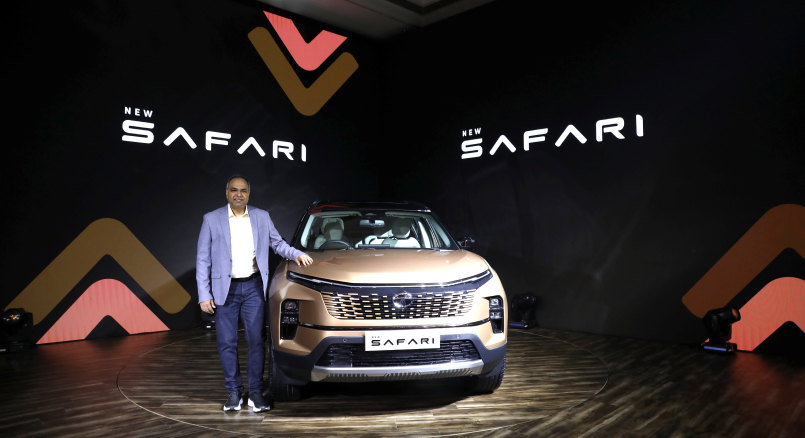
Tata Motors executed a grand roadshow across multiple cities to showcase their new Safari SUV. The event was a spectacle, featuring test drives on challenging terrains, virtual reality experiences that simulated off-road adventures, and meet-and-greet sessions with renowned brand ambassadors. The excitement generated by these activities drew large crowds and created a buzz around the new vehicle.
2. HUL’s Pureit Water Purifier Campaign
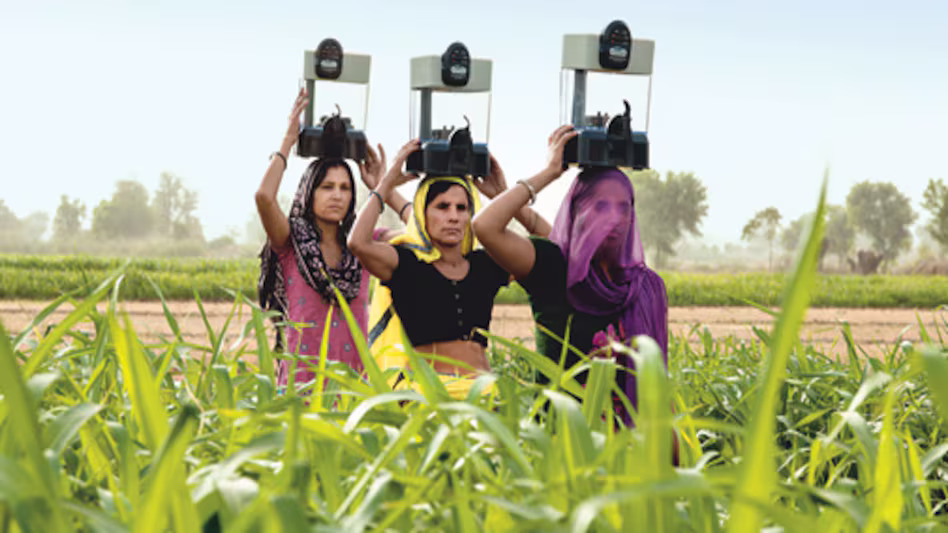
Hindustan Unilever’s roadshow for their Pureit water purifiers was both educational and promotional. Mobile units traveled to rural and urban areas, conducting sessions on the importance of clean drinking water. Demonstrations of the water purifiers, coupled with special offers for on-the-spot purchases, made the campaign a hit, especially in areas with water quality concerns.
3. Flipkart Big Billion Days Roadshow
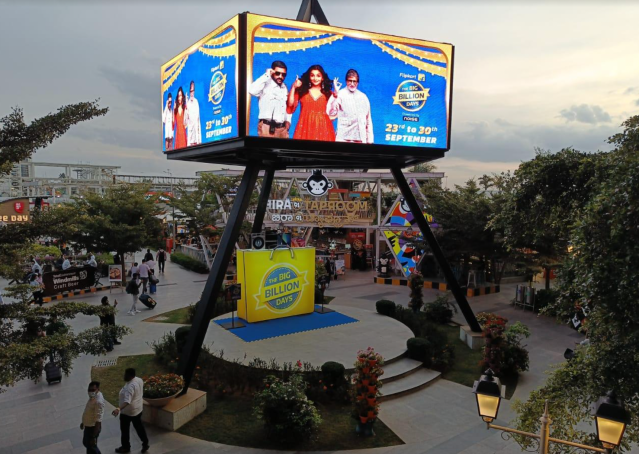
To build anticipation for their annual sale event, Flipkart organized a vibrant roadshow that traveled through major cities. The roadshow featured entertaining games, thrilling contests, and celebrity appearances, creating a festive atmosphere. This interactive approach not only drew in crowds but also heightened excitement for the upcoming sale, driving significant traffic to their online platform.
4. JioFiber Launch Roadshow
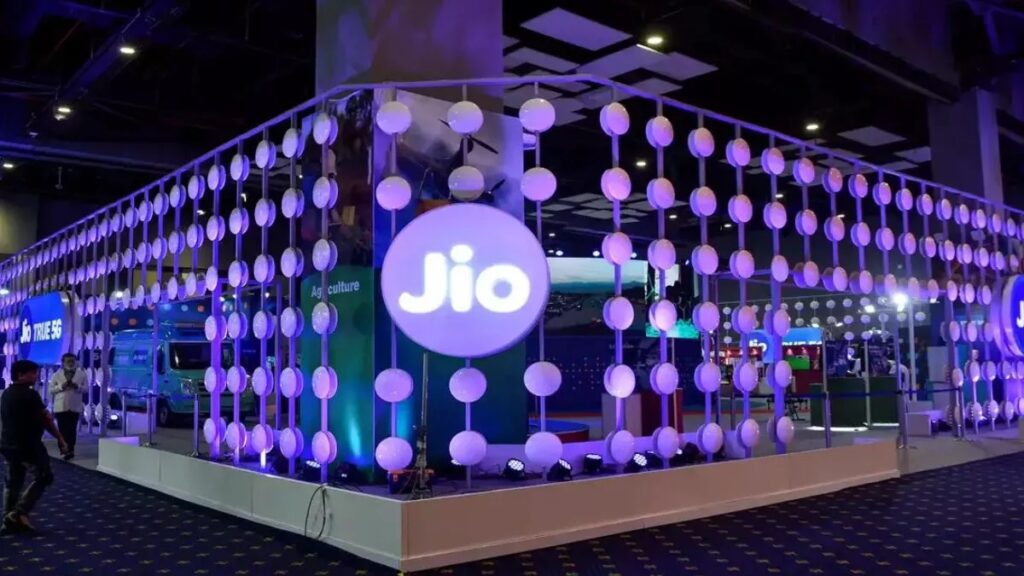
Reliance Jio’s roadshow for their JioFiber service was a tech enthusiast’s dream. The event included live demonstrations of high-speed internet capabilities, interactive sessions with tech experts who answered queries and provided insights, and exclusive launch offers that enticed attendees to sign up on the spot. The roadshow effectively showcased the service’s benefits and attracted a large customer base.
Conclusion
Roadshow marketing is an effective and powerful tool that allows brands to establish a direct and captivating connection with their target audience. By utilizing various forms of roadshows, companies can greatly enhance the promotion of their products, increase brand visibility, and foster customer loyalty. The success stories of Tata Motors, HUL, Flipkart, and Reliance Jio demonstrate how roadshows can be tailored to align with specific marketing objectives and generate significant results. Whether it involves creating immersive experiences, educating the masses, or introducing new products, roadshows offer a versatile approach to achieving marketing goals. Businesses interested in incorporating roadshow marketing services can visit The Media Ant, which specializes in planning, executing, and analyzing these campaigns. With their expertise, The Media Ant ensures that roadshows effectively reach and engage the intended audience, transforming a satisfactory roadshow into an exceptional one.
FAQs on Roadshow Marketing
What is the purpose of the roadshow?
The primary purpose of a roadshow is to promote a product, service, or brand by directly engaging with the target audience in various locations. It aims to create awareness, generate interest, and drive sales through interactive and immersive experiences. Roadshows provide a platform for brands to build personal connections with consumers, receive immediate feedback, and create memorable brand experiences.
What is a strategy roadshow?
A strategy roadshow involves presenting a company’s strategic plans, objectives, and future direction to stakeholders, including investors, partners, and employees. These roadshows typically include detailed presentations, Q&A sessions, and discussions to align everyone with the company’s vision and goals. They are crucial for maintaining transparency, building trust, and ensuring that all stakeholders are on the same page.
How to plan a roadshow?
Planning a roadshow involves several critical steps:
1. Define Objectives and Target Audience: Clearly outline what you aim to achieve and who your target audience is.
2. Choose Locations and Venues: Select strategic locations and suitable venues that will attract your target audience.
3. Develop Engaging Content and Activities: Create interactive and engaging content that will captivate your audience.
4. Coordinate Logistics and Scheduling: Ensure smooth execution by meticulously planning logistics and scheduling.
5. Promote the Roadshow Through Various Channels: Use social media, email marketing, press releases, and other channels to promote the event.
6. Execute the Event and Collect Feedback: Carry out the roadshow as planned and gather feedback for future improvements.
How do you promote a roadshow?
Promoting a roadshow effectively can be done through multiple channels:
1. Social Media Campaigns and Advertisements: Leverage the power of social media to create buzz and reach a wide audience.
2. Press Releases and Media Coverage: Gain credibility and visibility by getting featured in news outlets and blogs.
3. Email Marketing to Existing Customers and Prospects: Send personalized invites and updates to your email list.
4. Collaborations with Influencers and Local Celebrities: Partner with influencers and celebrities to attract their followers.
5. On-ground Promotional Activities and Teaser Events: Create excitement with teaser events and on-ground promotions leading up to the main event.

